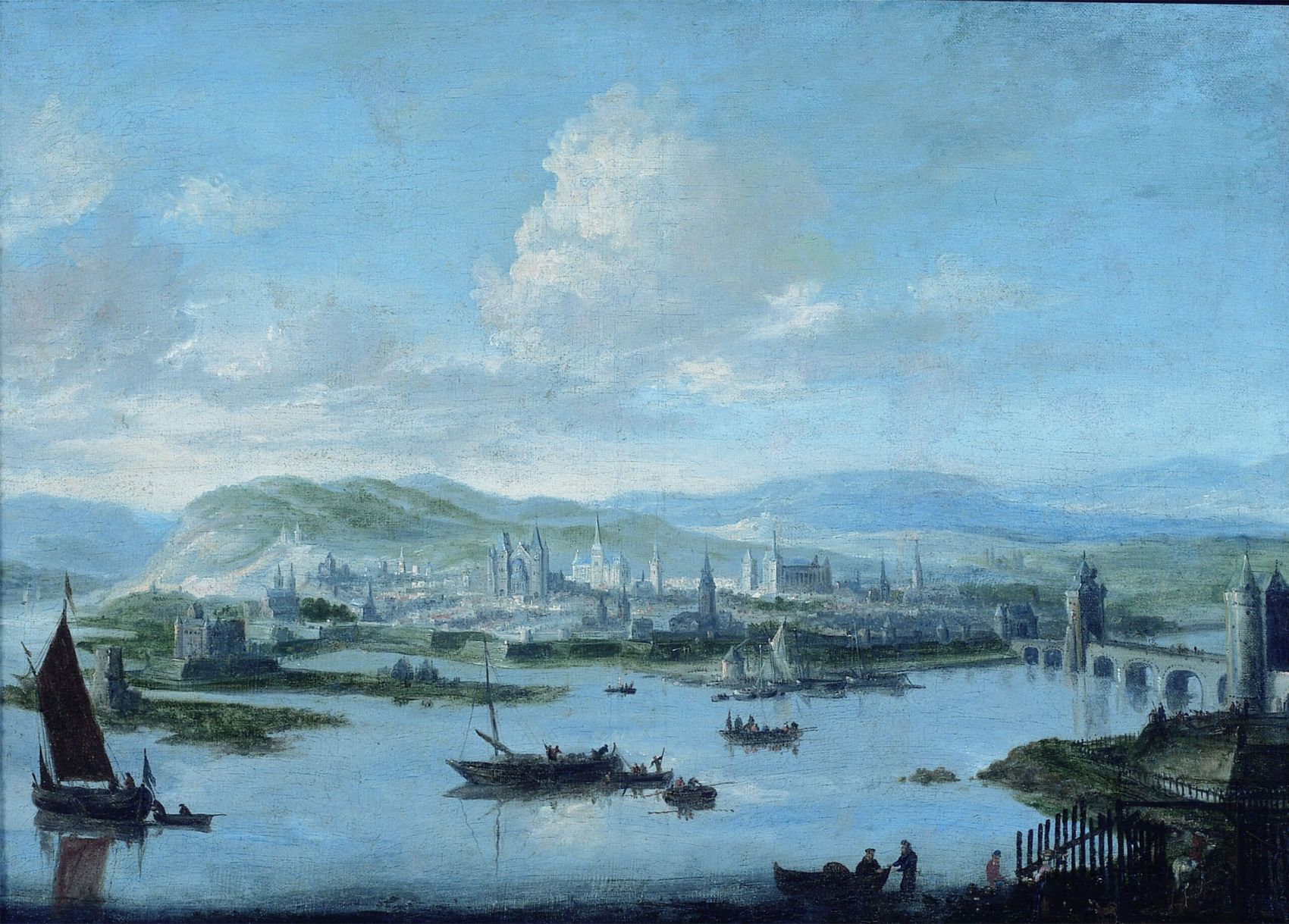It was early morning when Octavius Cobb Rooke, a British naval officer, boarded a boat in Trier in 1857. His reason for touring the Mosel had nothing to do with military matters. He was travelling as a tourist and looked forward to an unspoilt, idyllic river landscape that was still relatively untouched compared to the Rhine. In his later travelogue “The Life of the Moselle”, which became a bestseller in his homeland, he noted wryly that “the greatest charm of all in descending our river is the absence of those swarms of mere sight-seers who infest the Rhine.” Who knows how many people in Britain were inspired by him to take a trip along the Mosel River!
Equipped with only light luggage, Rooke didn’t just embark on a river cruise but on an extensive voyage of discovery with plenty of stops for sightseeing, refreshments, overnight stays and hiking. The Mosel was the main transport axis of the region at that time. Road networks didn’t yet exist along its banks, bridges were very rare and the railway only came to the region around 1900. So the fastest and most efficient way to travel was by boat.


